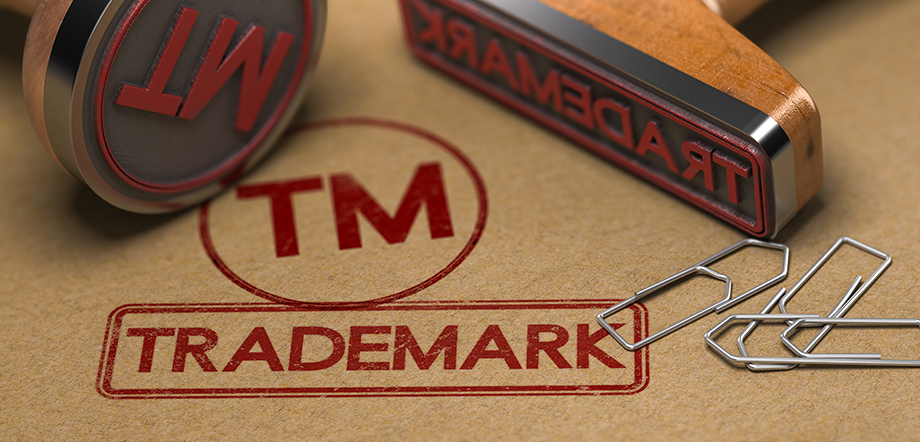Client Alerts
Trademark Modernization Act of 2020: Benefits to Trademark Owners
January 2021

Client Alerts
Trademark Modernization Act of 2020: Benefits to Trademark Owners
January 2021
The Trademark Modernization Act (“TMA”) was passed on December 27, 2020 as part of the 5,593-page Consolidated Appropriations Act for 2021. The TMA, aimed at updating the Lanham Act to respond to contemporary concerns, includes efforts to combat fraudulent trademark registrations (such as improper registrations by foreign entities, particularly from China, often based on fake or doctored use specimens) and to increase protections for trademark owners and consumers. Most notably, the TMA:
- introduces two new ex parte procedures to cancel unused trademarks;
- formalizes procedures for third parties to participate in pending trademark examinations;
- clarifies the presumption of irreparable harm for trademark infringement plaintiffs; and
- provides the USPTO with more flexibility in setting response times during examination.
For an in-depth look at each of these amendments, see below.
Ex Parte Cancellation Proceedings
The TMA outlines two new proceedings allowing challenges to trademarks based on nonuse: ex parte expungement and ex parte reexamination. Through the TMA amendments, any third party, even the Director, may initiate either of these proceedings to eliminate fraudulent marks from the register.
Under new Section 16(A), third parties may petition to expunge the registration of a mark for some or all goods and services if the mark has never been used in connection with such goods and services. Similarly, Section 16(B) allows third parties to file a petition to reexamine the registration of a trademark for some or all goods and services if the applicant failed to demonstrate use as of the relevant required date. Such petitions must demonstrate nonuse as of the filing date for Section 1(a) use-based applications, and, for Section 1(b) intent-to-use applications, as of the date the applicant was required to file evidence of commercial use. For both expungement and reexamination proceedings, the petition must include evidence of a “reasonable investigation” undertaken to determine nonuse.
Upon a finding by the Director that the petition sets forth a prima facie case, the Director will institute the proceedings and notify the registrant. The registrant will be afforded the opportunity to introduce evidence to establish use in commerce. Upon a determination that the registrant cannot show use of its mark or excusable nonuse, the Director will order cancellation, following all appeals.
These new procedures will provide an improved procedure for third parties to seek cancellation of illegitimate marks. Currently, a party may seek cancellation of another’s mark in an inter partes proceeding, which requires the initiating party to have legal standing or a personal stake in the outcome. The Director has until December 27, 2021 to issue regulations detailing how these procedures will be carried out, and, on that same date, these procedures will become effective.
Codified Procedure for Letters of Protest
The TMA establishes a formal procedure through which third parties may submit evidence during examination relating to any ground on which an examiner could refuse registration. This formalizes the current informal “Letter of Protest” procedure through which third parties have previously presented evidence during examination, hoping to persuade the examiner to refuse the registration. The TMA provides for deadlines and possible fees associated with it. Additionally, the TMA further clarifies that third parties may submit evidence relating to any ground on which an examiner could refuse registration, and it explicitly mentions evidence of nonuse. The details on how these procedures will be implemented will be further fleshed out by the end of 2021 and will take effect one year post-enactment.
Presumption of Irreparable Harm
The TMA resolves an existing circuit split regarding the availability of injunctive relief in trademark cases, following the Supreme Court’s ruling in eBay Inc. v. MercExchange, 547 U.S. 388 (2006) (requiring successful patent infringement plaintiffs to obtain injunctive relief only upon demonstrating: (1) irreparable injury; (2) inadequacy of available legal remedies; (3) balancing of hardships favoring equitable relief; and (4) public interest would be served by an injunction). Since eBay Inc. v. MercExchange, courts have been split on whether a trademark owner is presumed to suffer irreparable harm upon a finding of infringement.
The TMA responds to this confusion among the courts, restoring to trademark infringement plaintiffs a rebuttable presumption of irreparable harm. Consequently, the TMA provides a powerful tool for trademark owners to prevent continued infringement.
Flexible Response Times
The TMA authorizes the Director to prescribe, by regulation, response times shorter than six months (the current standard) but no less than 60 days, with the option for an applicant to request extensions to a full six-month period. While this could expedite the prosecution of trademarks, it could also impact trademark prosecution strategy while increasing costs to trademark applicants. After all, shorter response periods may impose more demanding timelines on practitioners and applicants.
Conclusion
Overall, practitioners, trademark owners, and businesses should be pleased with the TMA amendments. The TMA confirms the presumption of irreparable harm for successful trademark infringement plaintiffs and creates several new beneficial examination procedures. By 2022, a variety of tools through which improper, unused trademarks may be challenged will be available to interested parties of all kinds.
ADDITIONAL INFORMATION
For more information, please contact:
- Nicholas B. Clifford | 314.571.4962 | nicholas.clifford@tuckerellis.com
- Helena M. Guye | 213.430.3038 | helena.guye@tuckerellis.com
This Client Alert has been prepared by Tucker Ellis LLP for the use of our clients. Although prepared by professionals, it should not be used as a substitute for legal counseling in specific situations. Readers should not act upon the information contained herein without professional guidance.
